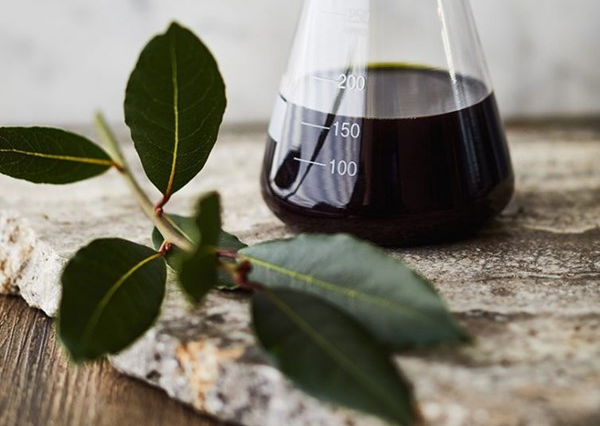Bay leaves – essential or superfluous?
November 13, 2024 by DarcieBay leaves, like cilantro and pineapple on pizza, can be a divisive topic among cooks. If you ask 10 people whether they are necessary to a dish or are a waste of time and money, you’ll probably end up with a fairly even split between aficionados and haters. The Boston Globe’s Beth Teitell decided to put bay leaves to the test, making a dish with and without to serve to friends who would decide whether the ingredient added positively to the dish. NPR’s Ayesha Roscoe spoke with Teitell about the results of this (admittedly unscientific) experiment.

Teitell was a bay leaf skeptic going into this experiment, but after talking to others about whether or not they added anything to a dish she made a few observations. First, most of the naysayers were people who didn’t cook much and second, as such they were probably using old bay leaves that didn’t pack much of a punch. In her experiment, she was surprised that the majority of tasters preferred the dish with bay leaves in it. Still, she isn’t convinced that the herb is absolutely necessary, making a joke about a Redditor who said that bay leaves “are like Santa. You have to believe.”
Almost all of the soup recipes that my German grandmother wrote down for me when I was a young cook called for bay leaves, and I think that they do add a layer of flavor to the dish, so I guess that makes me pro-bay leaf. Bay leaves are widely used in French, German and Eastern European dishes, but are also important in Indian and Mediterranean cooking as well. The EYB Library’s 26,000+ online recipes that call for bay leaves indicate how important the herb is in many cuisines. Different varieties of the leaf are used regionally, with the most common being bay laurel (Laurus nobilis), common in European and Mediterranean cooking. What’s your take on this herb?
Categories
- All Posts (6940)
- Antipasto (2135)
- Author Articles (247)
- Book News (935)
- Cookbook Giveaways (983)
- Cookbook Lovers (257)
- Cooking Tips (109)
- Culinary News (299)
- Food Biz People (552)
- Food Online (791)
- Holidays & Celebrations (272)
- New Cookbooks (149)
- Recipes (1500)
- Shelf Life With Susie (231)
- What's New on EYB (133)
Archives
Latest Comments
- Atroyer7 on Danube Cookbook Review and Giveaway
- demomcook on What foods do you look forward to the most for each season?
- demomcook on Danube Cookbook Review and Giveaway
- Darcie on How cookbooks can help build resilience
- mholson3 on Danube Cookbook Review and Giveaway
- Rinshin on How cookbooks can help build resilience
- sarahawker on Danube Cookbook Review and Giveaway
- Sand9 on Danube Cookbook Review and Giveaway
- hankintoby29 on Heritage Cookies of the Mediterranean World – Cookbook Giveaway
- WBB613 on Feasts of Good Fortune Cookbook Giveaway